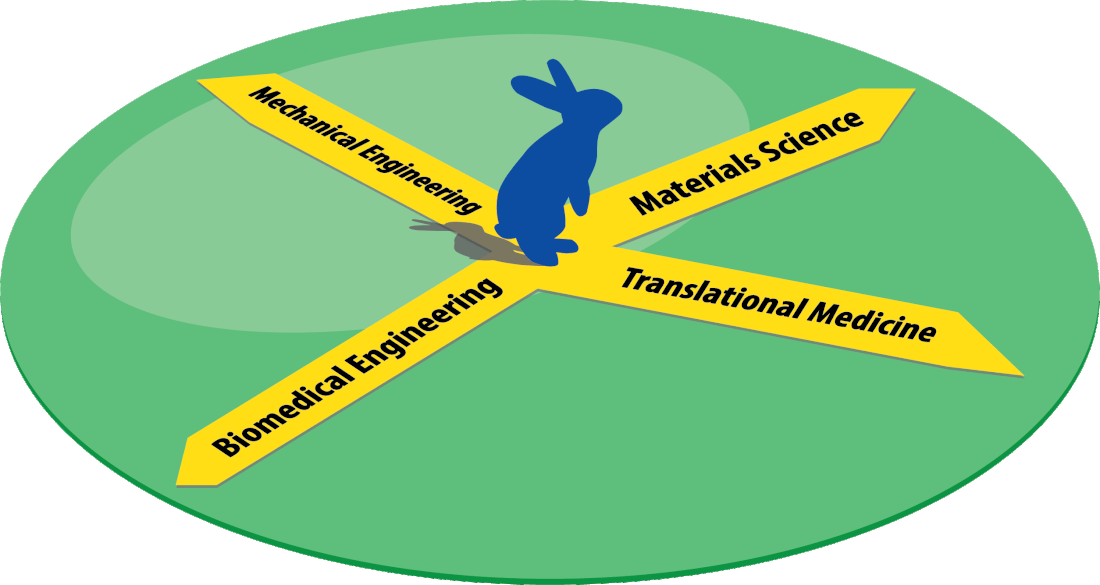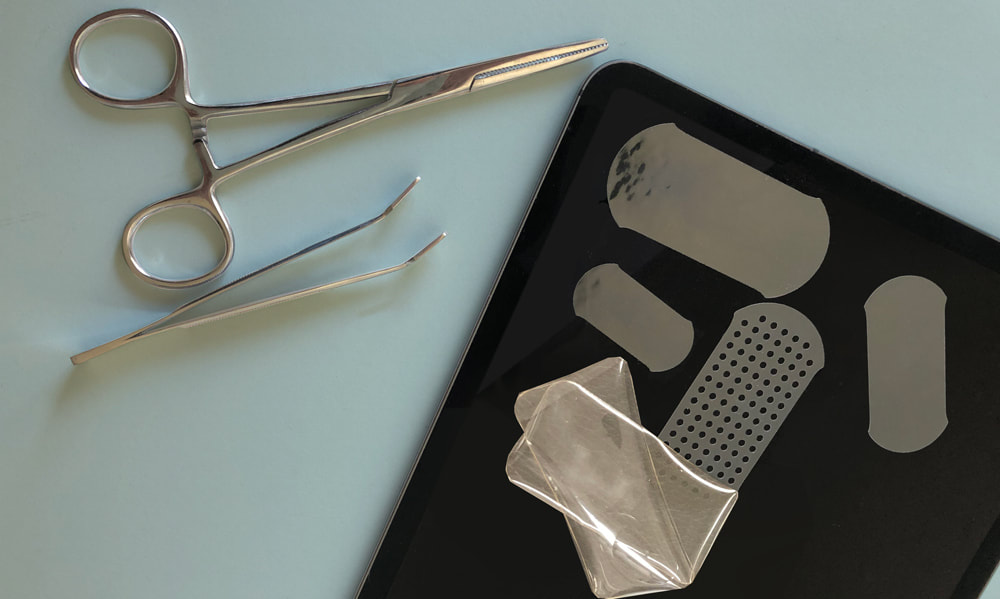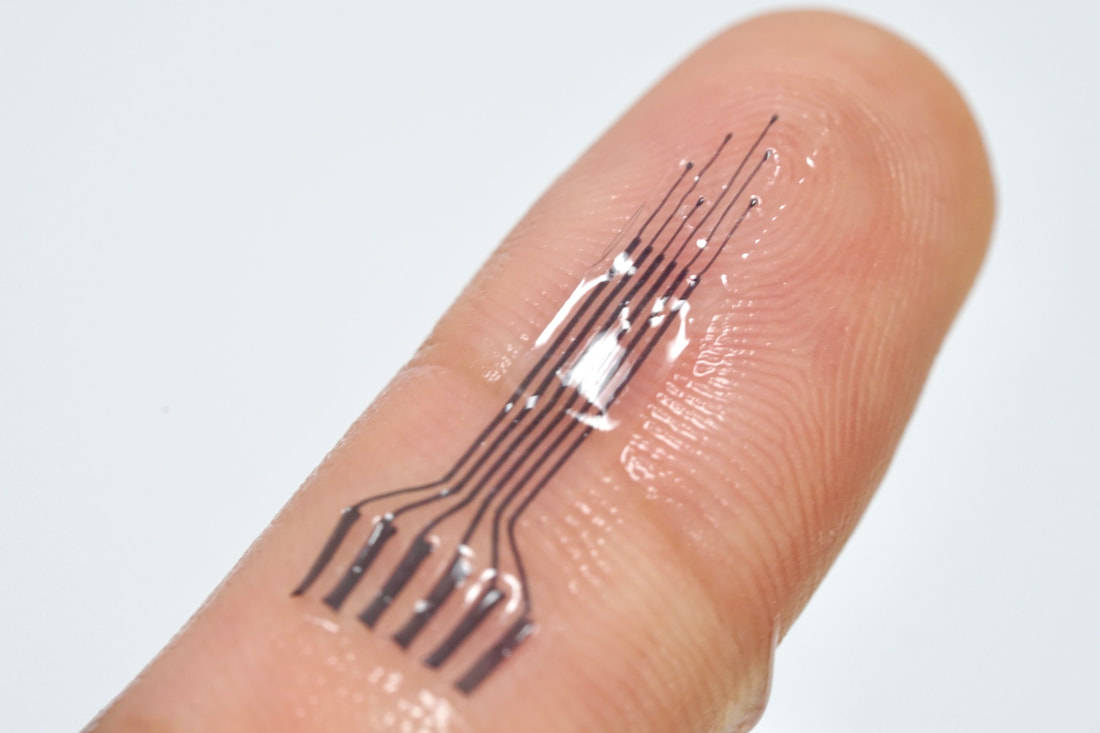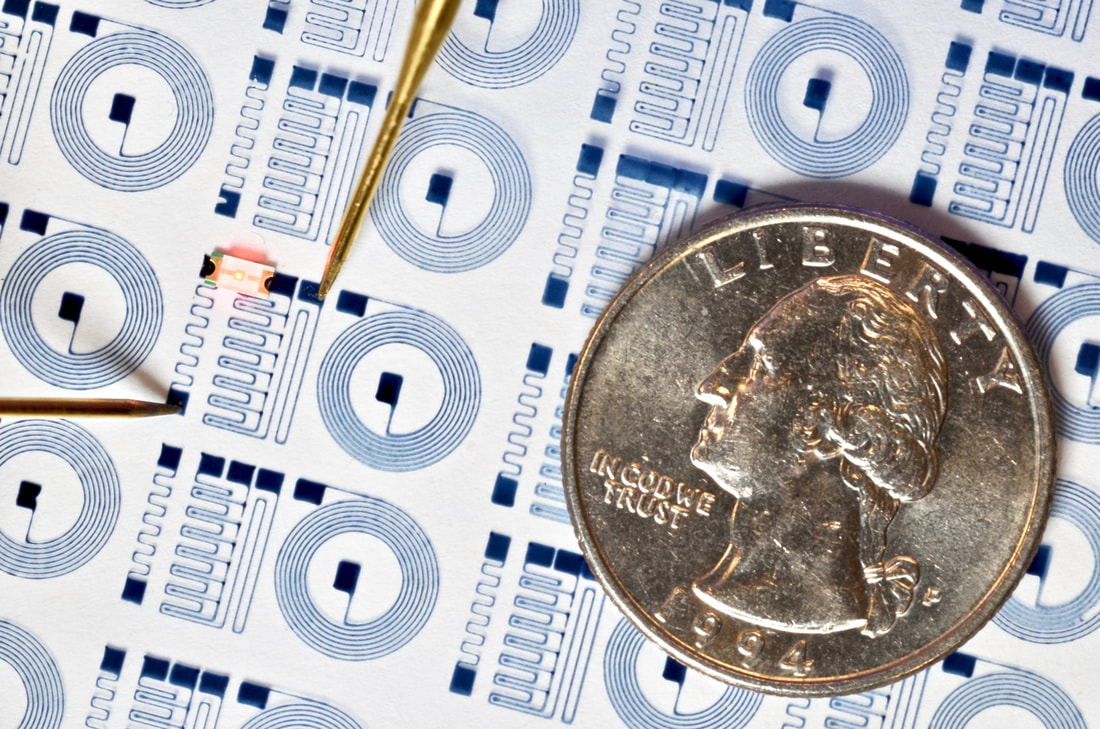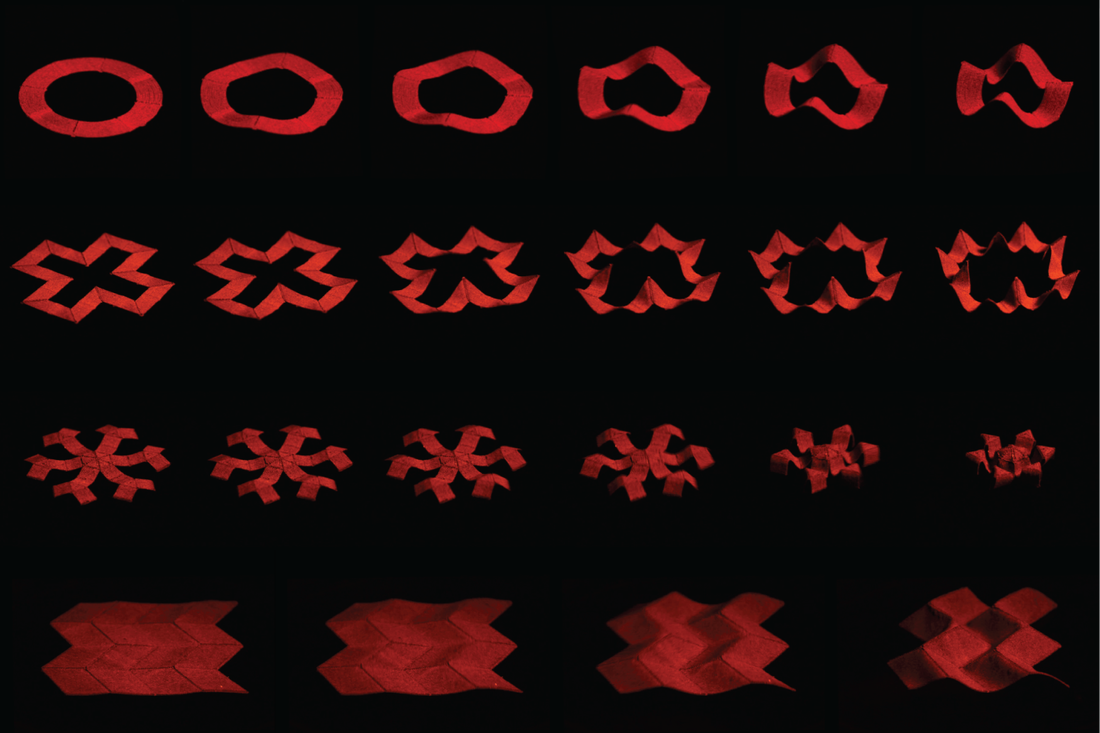Research Summary
|
My research is highly multi-disciplinary at the crossroad between Mechanical Engineering, Materials Science, Biomedical Engineering, and Translational Medicine at both academic and entrepreneurial fronts.
At the intersection of these fields, my research focuses on inventing, developing, and translating soft materials technologies to solve challenges in human health (Nature Reviews Materials, 2022). My current research areas are Translational Bioadhesives for better repair, healing, and integration of the human body, Hydrogel Bioelectronics for better communication with the human body, 3D Printing of Soft Materials and Soft Active Materials and Robots for fabrication and programmable design of soft materials. |
Research Interests
Note: Related first- & corresponding-authored papers are referred with links
Translational BioadhesivesHuman body is made out of a wide range of hydrogel-like soft and wet materials. Unlike conventional engineering materials such as metals, ceramics, plastics, and rubbers, soft wet human body and hydrogels pose significant challenges in terms of robust and reliable integration. In order to address this grand challenge, I have proposed and developed tough bonding of hydrogels (Nature Materials, 2016) and robust hydrogel-elastomer hybrids (Nature Communications, 2016). With these fundamental developments, I have explored various types of applications including wearable living devices (PNAS, 2017) and hydrogel skin for biomedical device (Advanced Materials, 2019). More recently, I have expanded our capability of robust wet adhesion to biological tissues (Nature, 2019; Nature Materials, 2020; PNAS, 2020; Advanced Materials, 2021; Nature Biomedical Engineering, 2021; Science Translational Medicine, 2022; Nature Biomedical Engineering, 2022; Nature, 2024; Science Translational Medicine, 2024) and conducting polymer hydrogels (Science Advances, 2020).
|
Hydrogel BioelectronicsBioelectronic interfacing is one of the most important ways to interchange information between human body and artificial systems, mostly in the form of electronic devices. However, stark differences between two different realms demand a better bridging interface. In order to offer an improved bioelectronic interfacing between human body and artificial systems, I have proposed the concept of stretchable hydrogel electronics devices (Advanced Materials, 2016) as well as a comprehensive review on hydrogel bioelectronics (Chemical Society Reviews, 2018). With these fundamental understandings, I have developed a set of next generation materials and devices for hydrogel bioelectronics including pure PEDOT:PSS hydrogels (Nature Communications, 2019), 3D printed conducting polymer devices (Nature Communications, 2020), hydrogel hybrid neural probes (Nature Communications, 2021), and all-hydrogel bioelectronic interfaces (Nature Materials, 2023).
|
3D Printing of Soft Materials3D printing is a versatile fabrication tactic for a wide range of soft materials. 3D printing of soft materials has rapidly growing importance and interesting research perspectives including materials, mechanics, and various applications. I have proposed and developed a diverse aspects of 3D soft materials printing including mechanics of 3D printing (Advanced Materials, 2017), 3D printing of living responsive devices (Advanced Materials, 2017), ferromagnetic 3D printing of programmable soft active materials (Nature, 2018), 3D printing of high-performance PEDOT:PSS (Nature Communications, 2020; Nature Materials, 2023), and 3D printable bioadhesives (Nature Communications, 2024).
|
Soft Active Materials and RobotsSoft and flexible motions of various creatures in nature provide great inspiration for unconventional soft and flexible machines and robots. I have proposed and developed diverse kinds of soft active materials and robots including shape memory alloy-based robot mimicking C. elegance (Bioinspiration & Biomimetics, 2011), transparent hydraulic hydrogel robots (Nature Communications, 2017), and magnetically actuated soft materials with programmed ferromagnetic domains (Nature, 2018).
|

